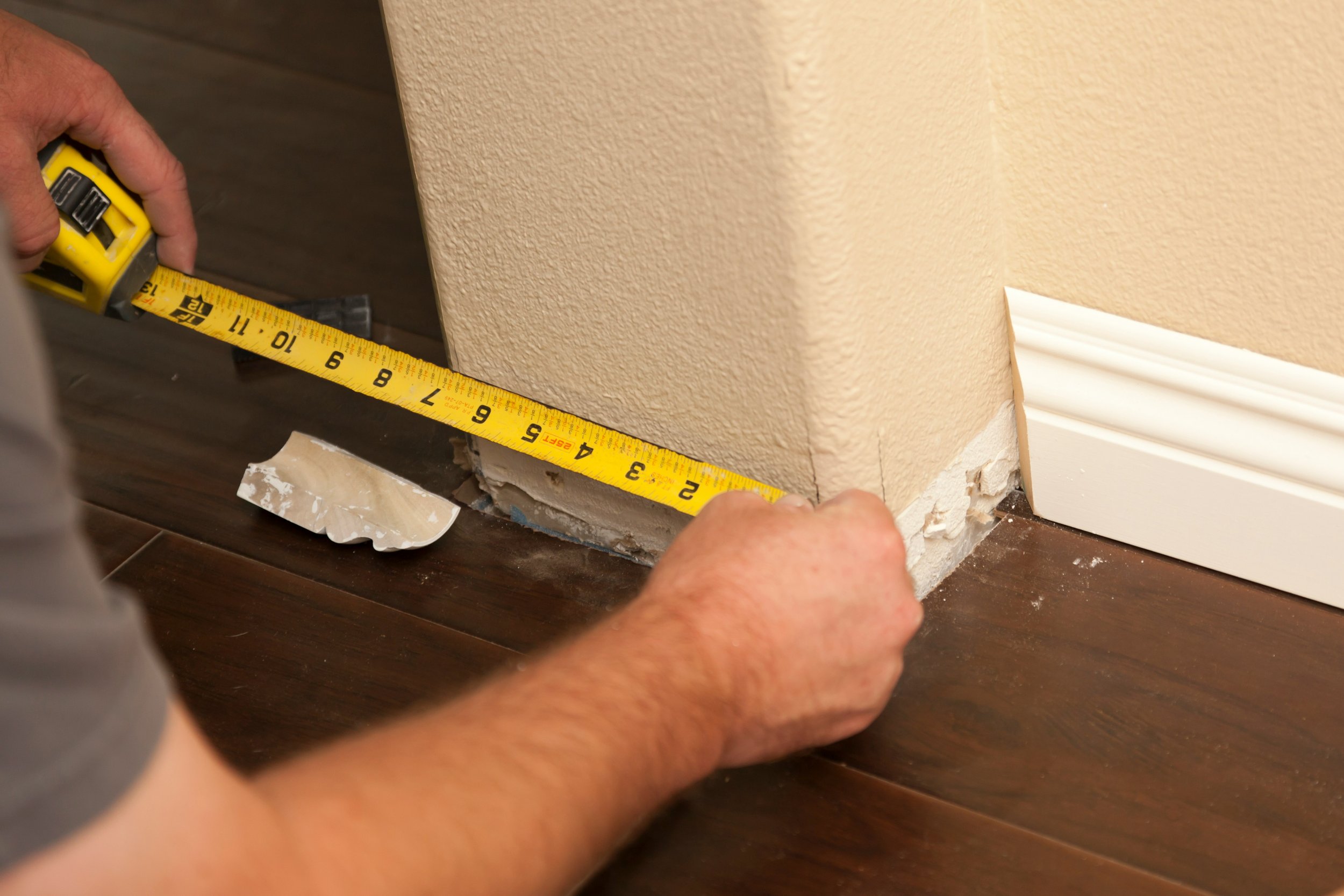How to Repair Chipped Paint on Your Car Easily
Want to fix those annoying chips on your car's paint? Learn how to repair chipped paint on your car easily with this detailed guide and get your vehicle looking like new again.
Nothing’s quite as frustrating as spotting a chip in your car’s paint job. Whether it’s from a runaway pebble on the highway or an accidental door ding, chipped paint can make your vehicle look worn out and unkept. But don’t worry—there’s no need to rush off to a body shop just yet! With the right tools and a little know-how, you can fix those unsightly paint chips at home. In this guide, we’ll walk you through how to repair chipped paint on your car easily so that you can bring back that showroom shine without breaking a sweat.
Why Fixing Paint Chips Is Important
Before we get into the nuts and bolts of how to repair chipped paint on your car easily, let’s talk about why fixing these chips matters.
Prevent Rust: When the paint chips off, it exposes the bare metal underneath. Over time, moisture and air can cause rust to form, and once rust sets in, it can spread quickly. Fixing paint chips early prevents rust damage and saves you from more expensive repairs later.
Maintain Appearance: Let’s be real—chips and scratches just don’t look good. A smooth, even paint job keeps your car looking its best, whether it’s a daily commuter or your weekend joyride.
Preserve Resale Value: If you plan to sell or trade in your car down the road, repairing chipped paint can help maintain its resale value. No one wants to buy a car that looks neglected, right?
How to Repair Chipped Paint on Your Car Easily: Step-by-Step Guide
Ready to tackle those chips? Follow these steps, and you’ll be a pro at how to repair chipped paint on your car easily in no time.
1. Gather Your Supplies
Before diving in, make sure you have all the necessary materials. You can find most of these items at an auto parts store or online.
Touch-up paint (matched to your car’s color)
Fine-grit sandpaper (preferably 600-2000 grit)
Primer (for deeper chips)
Clear coat (for sealing)
Microfiber cloths
Rubbing alcohol or grease remover
Small brushes or toothpicks (for precision)
Polishing compound (optional, for a final finish)
Repairing paint chips on your car requires a few essential tools to ensure the job is done right. First, you’ll need touch-up paint that matches your car's color, which can be found through your vehicle's manufacturer. Fine-grit sandpaper, ideally between 600-2000 grit, helps smooth out the area around the chip. For deeper chips, applying a primer ensures better adhesion. Clear coat is necessary for sealing the repair and restoring the paint’s shine. Use microfiber cloths, rubbing alcohol, or a grease remover to clean the surface before starting. Small brushes or toothpicks allow for precision, while a polishing compound gives the final touch for a smooth, professional finish. These materials make the process straightforward and effective.
2. Clean the Chipped Area
The first step is to clean the area around the chip thoroughly. Dirt, debris, and oils can interfere with the paint’s adhesion, so you want a nice clean surface.
Step 1: Use a microfiber cloth to wipe the chipped area.
Step 2: Apply some rubbing alcohol or a grease remover to the cloth and gently scrub around the chip. This ensures that no oils or wax are left behind.
3. Sand the Edges of the Chip
If the chip has rough or jagged edges, you’ll want to smooth them out before applying any paint. This ensures that the new paint blends seamlessly with the existing paint.
Step 1: Use fine-grit sandpaper (600-2000 grit) to lightly sand the edges of the chip. Be careful not to sand beyond the chip itself.
Step 2: Gently smooth the surface until the edges of the chip blend into the surrounding paint.
Pro Tip: Don’t over-sand! You only want to remove the rough edges, not create a larger chip.
4. Apply Primer (If Needed)
For deeper chips that expose the bare metal, applying a primer is crucial to prevent rust and help the paint adhere better. If the chip only affects the clear coat and base paint, you can skip this step.
Step 1: Apply a small amount of primer to the chipped area using a fine brush or toothpick. Make sure to cover the bare metal completely.
Step 2: Let the primer dry for at least 30 minutes or according to the manufacturer’s instructions.
5. Apply Touch-Up Paint
Now comes the fun part—actually repairing the chip with touch-up paint! The key here is precision and patience. You don’t want to apply too much paint at once or rush the process.
Step 1: Shake the touch-up paint bottle well to mix the pigments. Most touch-up paint comes with a brush attached to the cap, but if you need more precision, use a toothpick or small brush.
Step 2: Apply a thin layer of paint to the chipped area. Start small—less is more. You can always add more layers if needed.
Step 3: Allow the first coat to dry for about 15-20 minutes before applying another layer. Depending on the size of the chip, you may need 2-3 coats to fully cover the area.
Pro Tip: If the paint appears too thick, you can lightly sand between coats with fine-grit sandpaper to even it out.
6. Apply Clear Coat
Once the touch-up paint is completely dry, it’s time to apply the clear coat. This step helps protect the new paint and gives it that glossy, factory-finish look.
Step 1: Use a clean brush to apply a thin layer of clear coat over the repaired area.
Step 2: Let the clear coat dry for at least 30 minutes. You may need to apply a second coat for added protection.
7. Buff and Polish (Optional)
For a truly seamless finish, consider buffing and polishing the repaired area once everything has dried. This step will help the new paint blend with the surrounding surface, making the chip almost invisible.
Step 1: Use a polishing compound and a microfiber cloth to buff the area gently.
Step 2: Work in small circular motions to smooth out the surface and enhance the shine.
How to Prevent Paint Chips in the Future
Now that you’ve mastered how to repair chipped paint on your car easily, let’s talk about prevention. No one wants to deal with paint chips constantly, so here are a few tips to keep your car’s paint job in tip-top shape.
Keep a Safe Distance: On highways or gravel roads, try to maintain a safe distance from the car ahead of you. Flying debris, like rocks and gravel, are common causes of paint chips.
Apply a Paint Protection Film (PPF): Consider applying a clear paint protection film to vulnerable areas like the front bumper, hood, and side mirrors. This protective layer helps prevent chips from small debris.
Regular Waxing: Regularly waxing your car can create a protective barrier that shields the paint from the elements and small impacts.
Preventing paint chips on your car requires proactive measures to protect its finish from everyday hazards. One effective way to avoid damage is by maintaining a safe distance from the vehicle ahead, especially on highways or gravel roads, where flying debris like rocks and gravel can cause chips. Another great option is applying a clear Paint Protection Film (PPF) to vulnerable areas such as the front bumper, hood, and side mirrors. This layer acts as a shield against minor impacts. Additionally, regular waxing helps create a protective barrier on your car’s surface, guarding the paint from the elements and small debris. These simple steps can keep your car looking great for years to come.
Conclusion
Chipped paint doesn’t have to be the end of your car’s sleek and shiny appearance. With the right materials and a little patience, you can repair chipped paint on your car easily and save yourself the time and money of visiting a body shop. By following these steps, you’ll not only restore your car’s paint job but also protect it from rust and further damage. So go ahead, tackle those chips like a pro, and get your car back to looking as good as new!
Frequently Asked Questions
Q1: Can I use nail polish to fix a paint chip?
While it might seem like a quick fix, nail polish isn’t a great long-term solution. It doesn’t provide the same durability or protective qualities as automotive touch-up paint. Stick to the real stuff for best results.
Q2: How long does it take to repair a paint chip?
The entire process, including drying time, can take anywhere from 1-3 hours. It largely depends on the size of the chip and how many coats of paint and clear coat are required.
Q3: Can I skip the clear coat?
It’s not recommended to skip the clear coat. Without it, the touch-up paint will be more susceptible to damage and won’t blend as smoothly with the surrounding paint.
Q4: How do I find the right color for my car’s touch-up paint?
You can usually find the paint code for your car on a sticker located inside the driver’s side door, under the hood, or in the owner’s manual. Use this code to find a matching touch-up paint at an auto parts store or online.
Q5: Will the repaired chip be completely invisible?
While a good touch-up job can make the chip much less noticeable, it’s hard to make it completely invisible unless you’re a professional. However, with careful application, you can blend it well enough that most people won’t notice!












